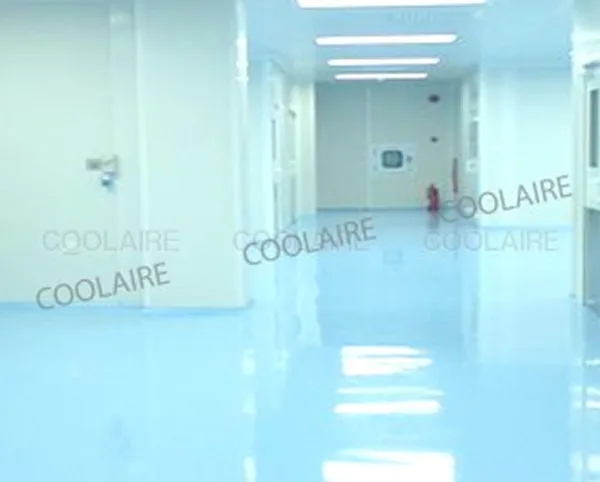The size of particles ranges from 0.001 to several hundred microns. Particles larger than 5 microns tend to settle quickly unless air blown. The greatest concern is that the actual particle deposits on the product.
Control is primarily through airflow design. Although airflow design is critical, it alone does not guarantee that clean room conditions will be met. Construction finishes; personnel and garments; materials and equipments are sources of particulate contamination that must be controlled. Important control precautions include:
- Walls, floors, ceiling tiles, lighting fixtures, doors, and windows are construction materials that must be carefully selected to meet clean room standards.
- People must wear garments to minimize the release of particles into the space. The type of garments depends on the level of cleanliness required by a process. Socks, coveralls, gloves, and head and shoe covers are clothing accessories commonly used in clean spaces.
- Materials and equipment must be cleaned before entering the clean room.
- Room entrances such as air locks and pass-through are used to maintain pressure differentials and reduce contaminants.
- Air showers are used to remove contaminants from personnel before entering the clean space.














